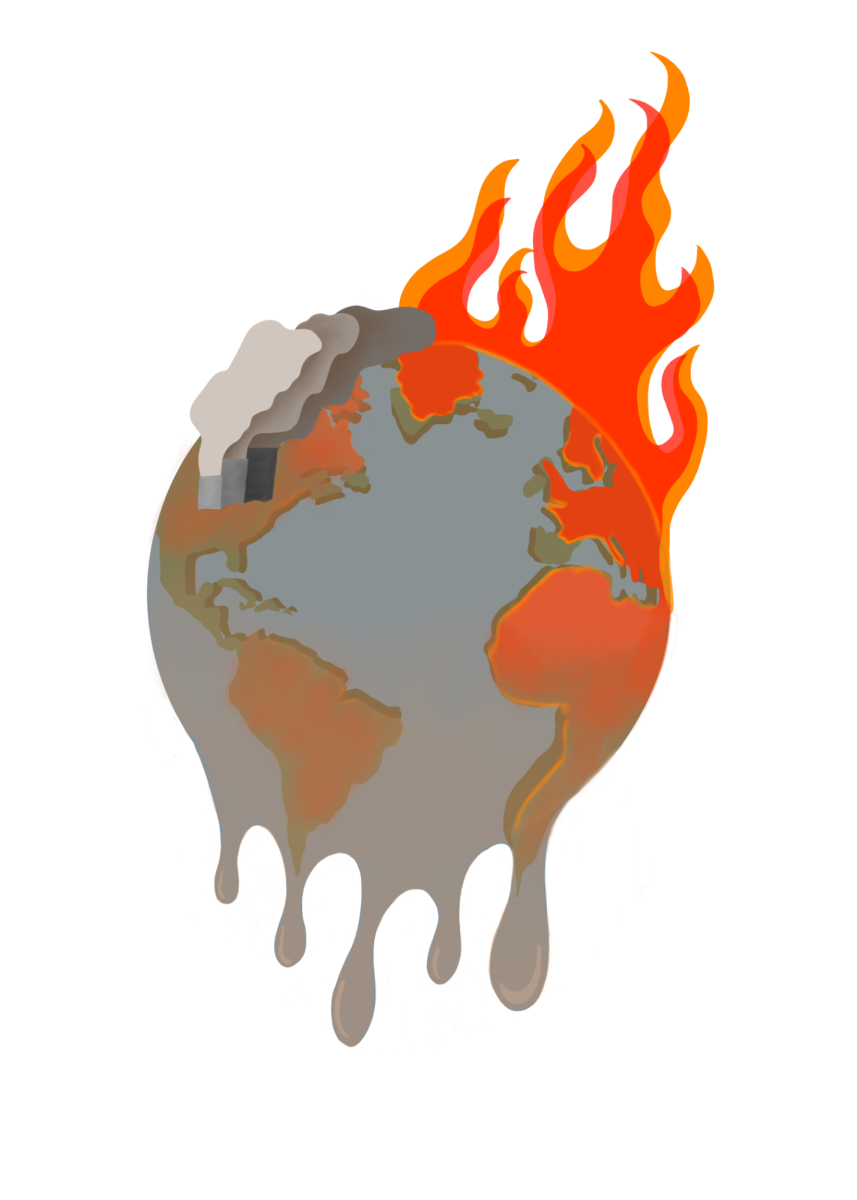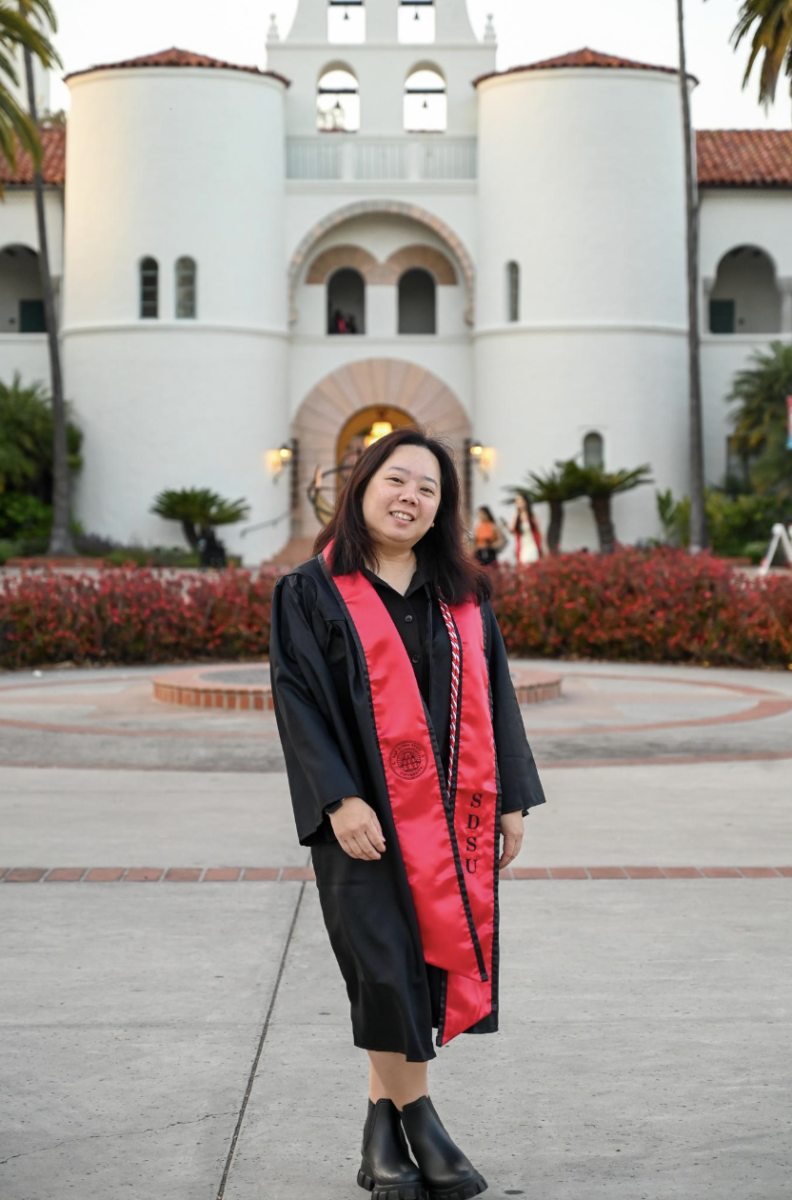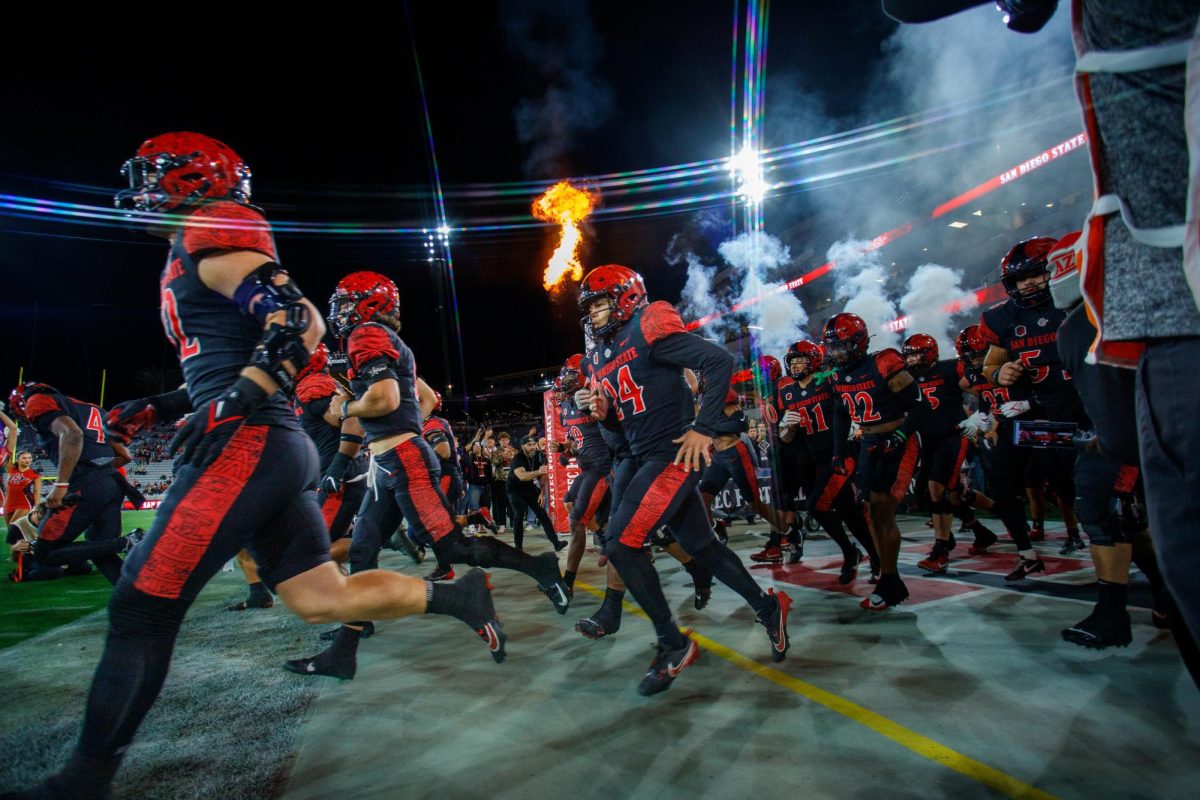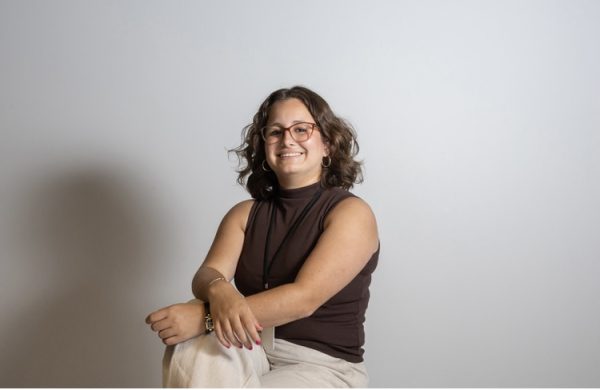There was a time when humans salivated at the mouth for the chance to explore and conquer Earth’s wonders and secrets. Boats dared to explore what we thought was the edge of our world, and our greatest minds endlessly searched for the secrets to modern medicine. We didn’t care about the creatures in Pandora’s box or what other beings might haunt us, we just needed to know.
But in a changing world, we adopted the idea of “ignorance is bliss” at the most crucial times. And the most dangerous thing we left behind is climate change at a time when only knowledge can create an impact.
It’s no secret why: even without a description of the impending scenario, most people- including myself- feel doom and anxiety blanket over them. Out of 10,000 young people surveyed between the ages of 16 and 25 in an international survey, more than half of them reported feeling extremely worried about climate change.
If we lived in the Harry Potter world, climate change would surely be held in the same regard as “He-Who-Must-Not-Be-Named” or “You-Know-Who.” But for a crisis that has been happening since the pre-industrial period and reached its peak during the 2010 to 2019 decade, there is no excuse for our ignorance on the matter.
According to a study done by the Yale Project on Climate Change Communication, 63 percent of Americans believe that global warming is happening, but many don’t understand why.
When graded on the subject matter, only 8% of respondents would receive an A or B grade on the subject.
So, why is that?
It comes down to a few factors: conversations around climate change are lacking in both the classroom and social circles. So it’s not really happening anywhere.
When 100 countries were looked at in 2021, only 53% of the world’s national education curricula made any reference to climate change. When it was mentioned, it was almost always given very low priority.
In the United States, only two states mandate climate change education: New Jersey and Connecticut. In New Jersey schools, the reality isn’t children sobbing daily while studying pictures of natural disasters, but creative approaches like art projects to explore climate change. And discussions around habits to eliminate in the fight against it.
In fact, a 2020 study determined that if 16 percent of secondary school students around the world and in high income countries studied climate change, 19 gigatons (a billion metric tons) of carbon dioxide could be cut by 2050. This is because youth would actually have the resources to affect change and their own behaviors accordingly.
As college students, if we don’t have the space or time to add a class on climate change to our curriculum, all hope isn’t lost.
The crucial part is finding resources that build your knowledge on how the crisis is happening, what solutions are available and what steps we can take to engage politically for change. It can be as small as listening to podcasts in your free time on the subject to looking for potential volunteering opportunities in your community.
When we dive under our sheets and exorcize the presence of climate change from our households, we might reach that temporary peace; however, we are doing a disservice to our neighbors. The countries, indigenous communities and even states facing natural disasters and health crises don’t have the privilege to ignore the situation at hand. Our love of knowledge is powerful and key to protecting our planet when there is still a chance to make a difference.











